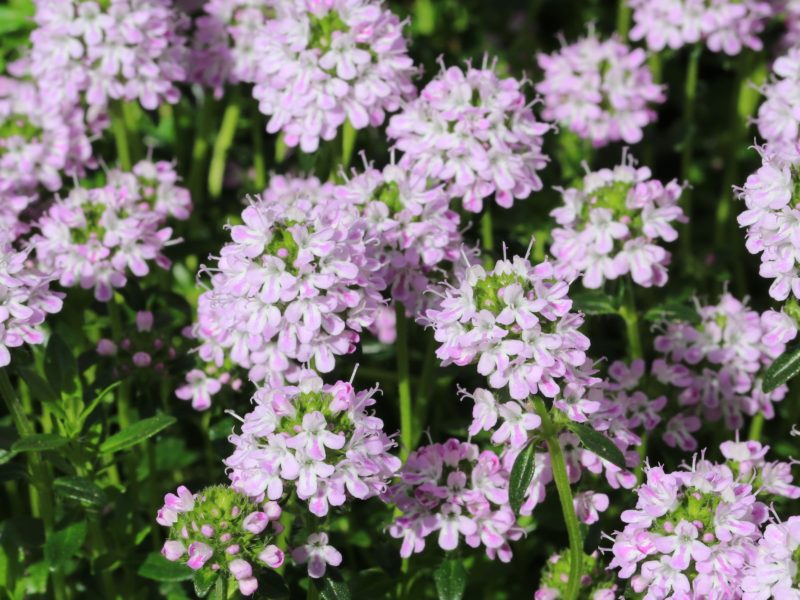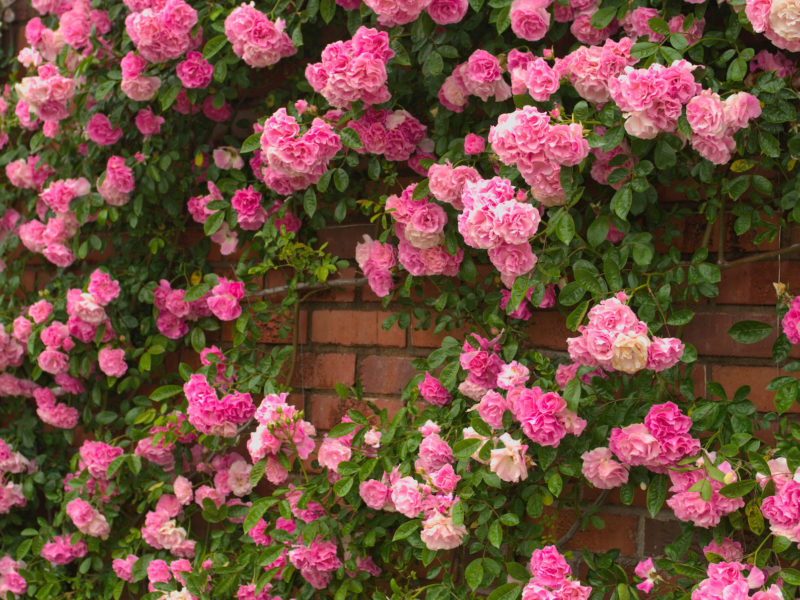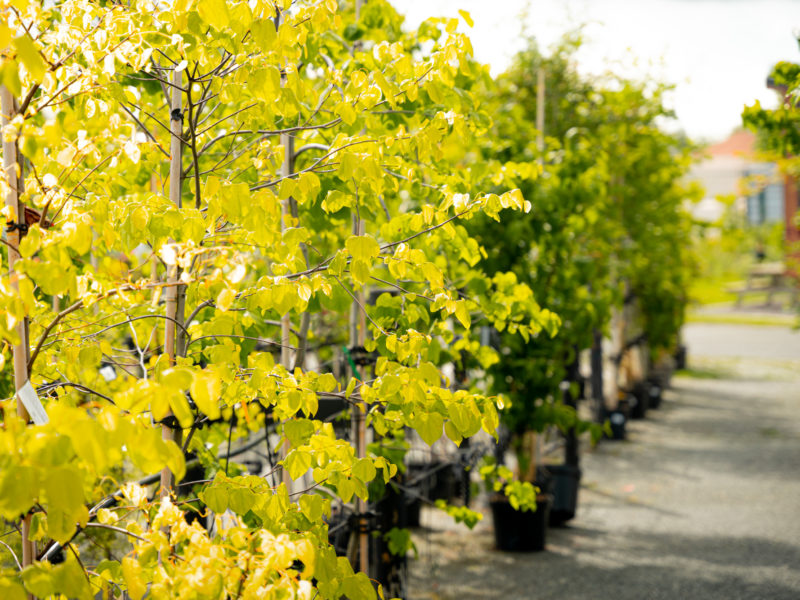The history of Olive trees goes back at least 6,000 years, when the distant ancestors of the trees we grow today are thought to have originated in Persia and Mesopotamia. Many Olive trees around the Mediterranean are centuries old. Some olive trees are up to 2000 years old.
The English climate is perfect for growing an Olive tree. Mature Olives are hardy and frost resistant to -15C,
younger Olive trees can survive in temperatures down to -12C.
Olives need at least three months a year of cold weather to flower and fruit. They are wind resistant and drought hardy, so are easy to grow. An Olive Tree will respond best in a sheltered sunny spot, but this does not mean that you will be unable to grow it elsewhere in your garden.
Planting
Ensure the soil is free draining, adding grit if needed for good drainage.
Avoid planting in a waterlogged position. Cold, wet ground in the winter is the cause of nearly all problems with Olive Trees.
If your soil is very wet or heavy simply keep it in a pot!
Olives in Pots
Olives are very happy in pots as they have small root systems. This will also enable you to move your tree around your garden. Use John Innes No.3 compost to provide sufficient weight and nutrients, and, if it is too big to repot, top dress once a year in the spring.
Soak your potted olive regularly from mid March to late October, watering until it comes out the bottom of the pot. Smaller pots will need watering 3 times a week and larger trees twice a week. Note in hot dry weather you may need to water more, and wind can dry out pots as much as the sun. You cannot over water a tree in a pot during the spring and summer months!
Feeding
Feed once in spring or early summer with a slow release fertilizer, such as Vitax Olive Tree Feed, around the base of the tree once in May and then again in October. Water in well. Feeding your Olive tree will help it to thrive. In spring you can also give them a boost with a tomato feed. If the cold weather has led to your tree shedding some of its leaves, then a good soak, prune and feed will soon have it replacing them with new leaves.
Pruning
Like most evergreen trees Olives respond very well to pruning, in fact the more you prune, the happier they grow. Wait until after the last of the winter frost ( March onwards) and before the first autumn frosts ( late October early November).
If you prune back your Olive tree ‘hard’ it will result in a dense growth, or a light prune will give your tree a more natural shape.
The most important fact to bear in mind when pruning your Olive tree is that the tree usually bears fruit on the previous year’s new growth, and never bears it in the same place twice. As with many fruit trees, olives fruit on new wood, so if you’re going to try for fruit a regular prune will increase your yield. Letting the light into the tree improves fruit production.
Olive trees usually flower from late Spring. The flowers are self fertile and olives will readily set during the Summer months. Due to our colder climate, if you wish to eat your olives you will need to pick them in October before the first frosts and ‘cure’ them.
Note If your tree is looking a little unhappy in its pot, cut back by a third.
Problems
Olives Trees are usually free of pests and diseases even in our cooler climate.
Peacock spot will result in an increase in leaf drop and reduced vitality. The disease is carried in rain and is easily recognisable by small dark spots with a pale ring around them on the leaves. The disease is easily treated or avoided by spraying your tree with Vitax Copper mixture. Remove all fallen or diseased leaves. Spray November and February when the leaf bud is dormant.
Woolly aphid is an airborne pest that looks like cotton wool on trees, it causes leaf drop. Wash them off with a strong jet of water. They are often found in hot weather.


